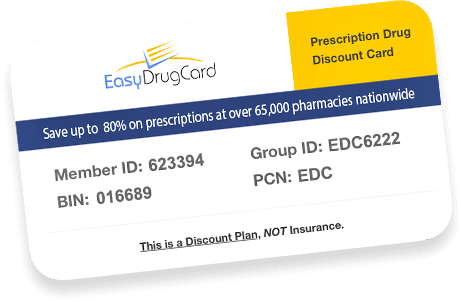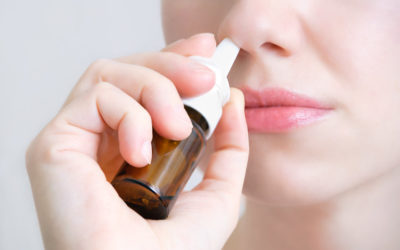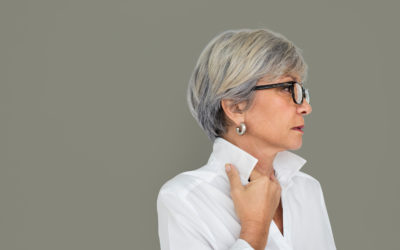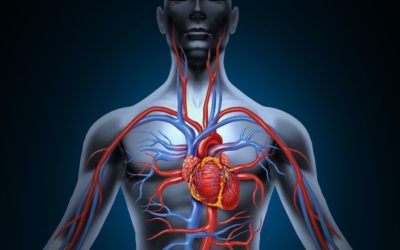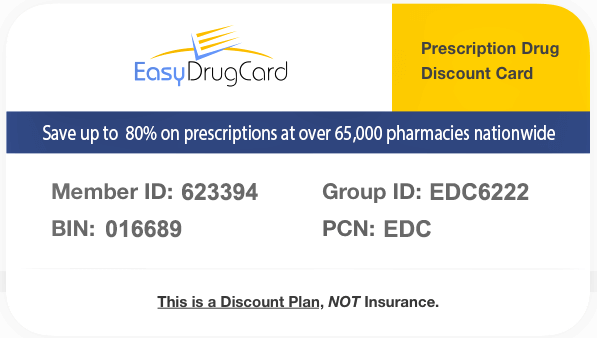Coronavirus Outbreak
A new, or novel, virus that causes respiratory illness was recently discovered. The virus has been named “SARS-CoV-2”, and the disease caused by the virus is called “coronavirus disease 2019” (abbreviated “COVID-19”). The outbreak has been named a “Public Health Emergency of International Concern”. Currently, there are global efforts being made to keep the virus from spreading further and minimize the impact of the virus. Though there is much that remains unknown about the virus, the Centers for Disease Control (CDC) and World Health Organization (WHO) are providing daily updates when new information becomes available. This report is considered up to date with the information available on February 28th, 2020. The WHO reported over one thousand new cases globally in the past 24 hours, showing how rapidly information and statistics about the disease are changing. Check the CDC and WHO websites for the most accurate information about COVID-19.
COVID-19 originated in Wuhan, China, which has been the area most affected, accounting for 96% (78,630) of confirmed cases globally.
However, there now have been reports of cases in 50 different international locations, including the United States (U.S.). The first case in the U.S. was reported on January 21st, 2020, and there now have been fifteen total confirmed COVID-19 cases in the U.S. Of the U.S. cases, 80% (12) were travel-related, where the remaining 20% (3) were spread person-to-person.
Symptoms associated with COVID-19 are typically respiratory and include fever, cough, and shortness of breath.
The symptoms could be mild to severe, and in some cases have resulted in death. The virus is thought to have come from an animal originally. However, it is now spreading from infected people to other people. In order to become infected, you must be exposed to the virus. In the case of COVID-19, the most likely way you could become infected is by recent travel to China. Though present in the U.S., the virus is NOT currently spreading among communities in the U.S., but could be spread from person-to-person by someone who had recent travel and became infected. According to the CDC, the immediate health risk from COVID-19 is considered LOW for the general American public, because they are unlikely to be exposed to the virus at this time.
Though the current risk is low, you can help prevent illness with proper precautions. Since the virus is so new, there currently is no preventive vaccine or curative treatment available for COVID-19. The only way to prevent infection is to avoid being exposed to the virus. Right now, the CDC recommends against any nonessential travel to China or South Korea and to use enhanced precautions if traveling to Japan, Iran, or Italy. They also recommend reconsidering any voyage to Asia on a cruise ship until further notice. Here are some tips from the CDC3 for preventing the spread of respiratory diseases:
- Avoid close contact with people who are sick.
- Avoid touching your eyes, nose, and mouth.
- Stay home when you are sick.
- Cover your cough or sneeze with a tissue, then throw the tissue in the trash.
- Clean and disinfect frequently touched objects and surfaces using a regular household cleaning spray or wipe.
- Follow CDC’s recommendations for using a facemask.
- CDC does not recommend that people who are well wear a facemask to protect themselves from respiratory diseases, including COVID-19.
- Facemasks should be used by people who show symptoms of COVID-19 to help prevent the spread of the disease to others. The use of facemasks is also crucial for health workers and people who are taking care of someone in close settings (at home or in a health care facility).
- Wash your hands often with soap and water for at least 20 seconds, especially after going to the bathroom; before eating; and after blowing your nose, coughing, or sneezing.
- If soap and water are not readily available, use an alcohol-based hand sanitizer with at least 60% alcohol. Always wash hands with soap and water if hands are visibly dirty.
If you think you may have been exposed to COVID-19, contact your healthcare provider immediately.
For those who have traveled to China and develop symptoms within 14 days of travel, it is recommended to seek medical care. Call your doctor’s office first to get instructions for seeking care without exposing other people. If you are sick, try to avoid contact with other people.
Resources:
Confirmed COVID-19 Cases Global and United States Maps (images from cdc.gov)
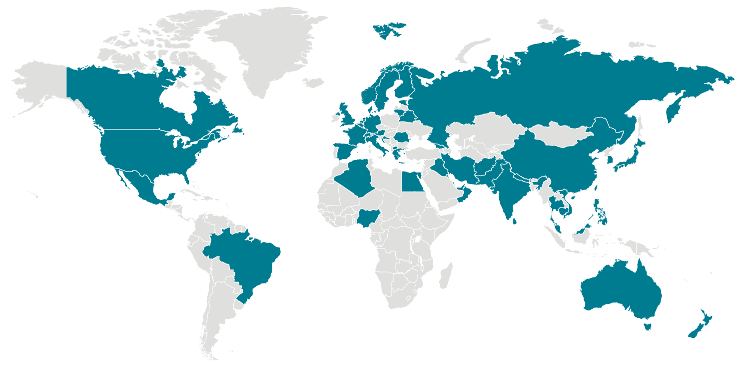
Coronavirus COVID-19

